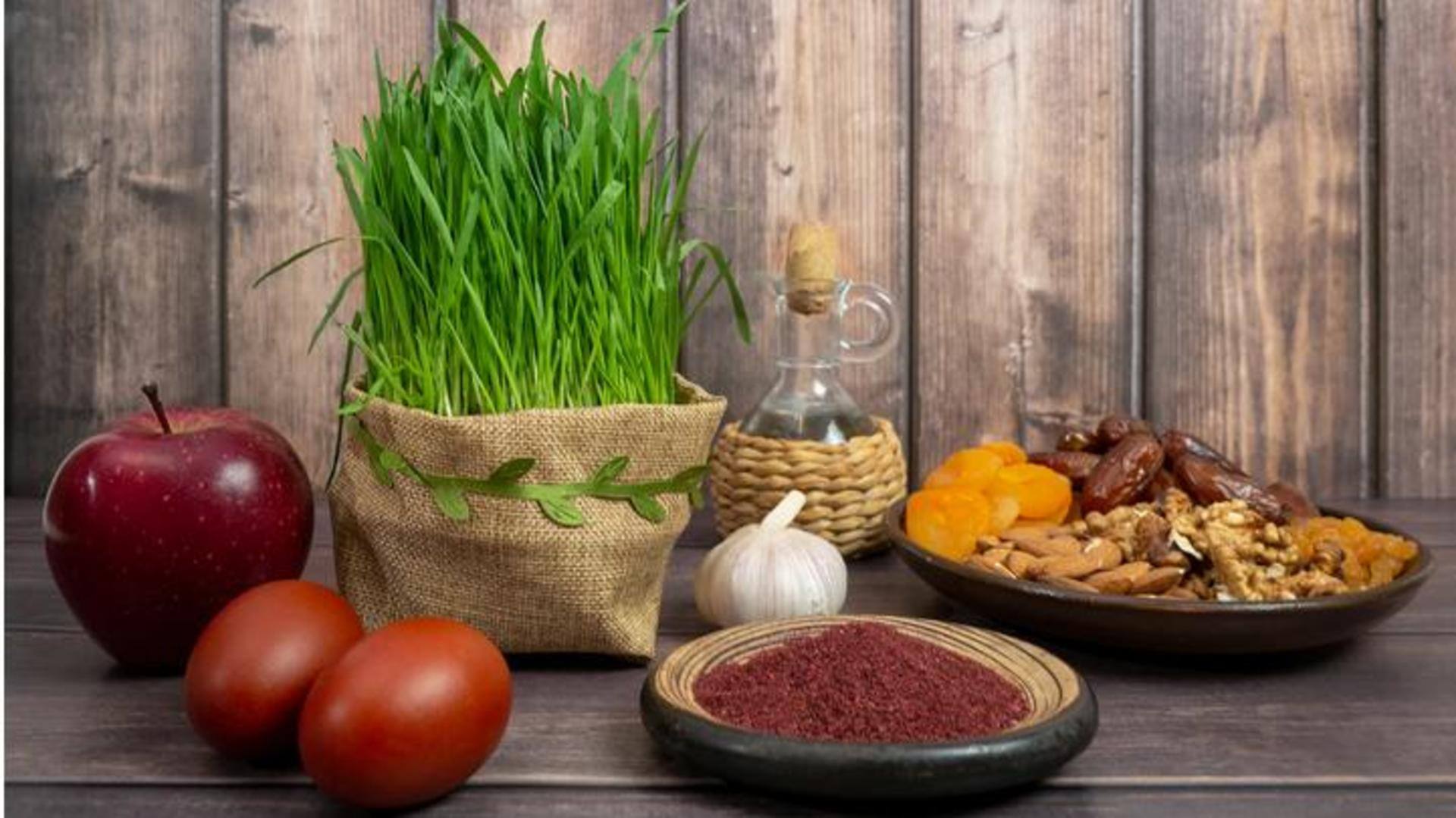
Persian New Year: How is Navroz celebrated around the world
What's the story
Also called Navroz or Nowruz, the Persian New Year is celebrated by different ethnicities including Parsis across the globe. The festival marks the arrival of the spring season along with the beginning of Farvadin, the first month of the Solar Hijri calendar. On this day, people clean their homes, prepare traditional meals, wear new clothes, and visit the Fire Temple.
Google Doodle
Google celebrates the day with a floral Doodle
Google Doodle celebrates the day with a special design that features traditional spring flowers like bee orchids, daffodils, hyacinths, and tulips, representing the Navroz theme. The Google Doodle page informed that the United Nations has listed the festival as an international holiday because families celebrate it across the Middle East, the Black Sea Basin, the South Caucasus, and Northern, Western, Central, and South Asia.
History
History of the day
The festival of Navroz has been named after the Persian king Jamshed who created the Shahenshahi calendar. According to a legend, when an apocalypse came in the form of winter, the king saved the world from it. There was no excessive heat or cold in Jamshed's kingdom. It's said that a Surat-based tradesman Nusservanji Kohyaji started the festival in India during the 18th century.
Countries
Countries where Navroz is celebrated
Navroz is celebrated in several countries including Iran, India, Afghanistan, and parts of Central Asia. It is also celebrated by the Iranis, Shias, and Parsis in the Indian subcontinent and diaspora and the Kurds in Iraq and Turkey. Iranian communities in Europe and North America including Toronto, Cologne, Los Angeles, and Phoenix also celebrate the festival with pomp and show.
Celebrations
How do people celebrate the festival
Parsis clean their homes on this day and decorate them with rangoli and flowers to welcome visitors. They wear traditional outfits, visit the Fire Temple and perform a prayer called Jashan. They offer water, sandalwood, milk, fruits, and flowers into the sacred fire as offerings. They also prepare traditional dishes like sali boti, sweet ravo, berry pulao, etc. during this time.